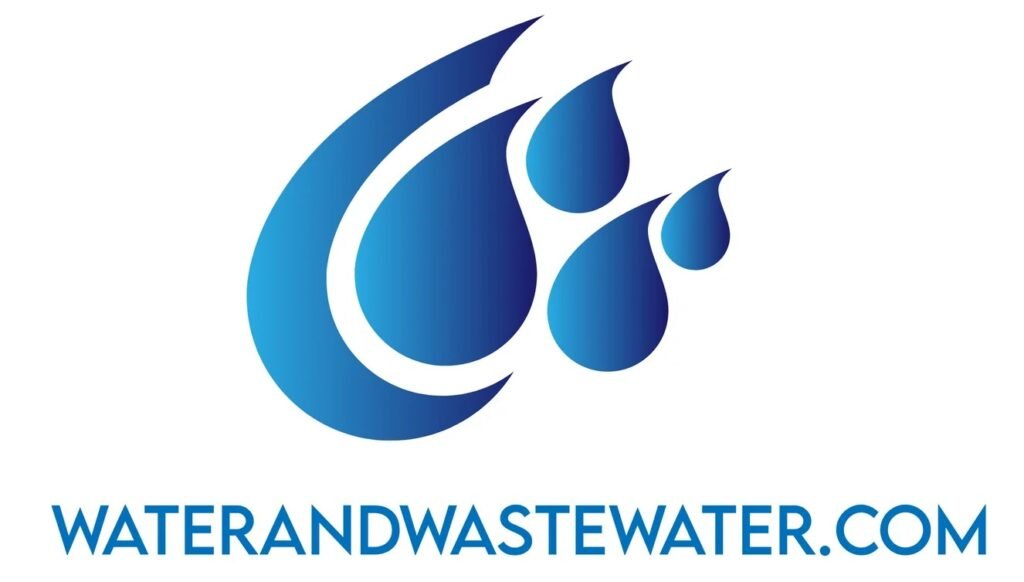Tag: water supply
Albuquerque, the largest city in New Mexico, is home to a vibrant community and a robust infrastructure that supports its populace. Among the critical infrastructures essential for maintaining the health and welfare of Albuquerque’s residents, the Albuquerque Collection System stands out. This wastewater management system is a complex network designed to efficiently collect and treat […]
Water quality monitoring is crucial for maintaining public health, environmental sustainability, and industrial processes. Traditional methodologies, while effective, often suffer from limitations including time-consuming procedures, the need for sophisticated laboratory equipment, and the inability for real-time analysis. Enter optofluidic water quality monitoring—a cutting-edge solution combining the principles of optics, microfluidics, and nanotechnology to enable rapid, […]
Water and wastewater treatment are crucial for a variety of industries including pharmaceuticals, food and beverage, and municipal water services. Among the plethora of filtration techniques available, ceramic membrane filtration systems have emerged as a robust, versatile, and efficient solution. This article aims to provide a thorough understanding of ceramic membrane filtration systems, elucidating their […]
Carbon Adsorption in Wastewater Treatment: Understanding Mechanisms, Applications, and Future Prospects Introduction Water, an essential resource for life and industrial processes, often becomes contaminated through human activities, necessitating effective treatment methods to ensure its reuse and environmental compliance. One of these effective methods is carbon adsorption, an established and efficient technique for removing […]
An Integral Asset: Broward County North District Regional Wastewater Treatment Plant Introduction Wastewater treatment is a critical component of modern urban infrastructure, ensuring public health, environmental sustainability, and community well-being. Serving as a cornerstone in this essential service is the Broward County North District Regional Wastewater Treatment Plant (NDWWTP). Nestled at the nexus […]
Biological Water Treatment: An In-depth Analysis In the realm of water treatment, biological methods stand out due to their natural efficiency and environmental sustainability. As global concerns about water scarcity and pollution escalate, the importance of innovative yet eco-friendly treatment methodologies becomes ever more crucial. This article explores biological water treatment, delving into its […]
The Best Gravity Water Filters: Ensuring Safe and Clean Drinking Water Water is the essence of life, and access to clean drinking water is a fundamental human necessity. With growing concerns over water quality and the presence of contaminants, gravity water filters have emerged as a reliable and efficient solution for ensuring safe and […]
Storage tanks play a crucial role in various industries, from fuel storage to water management. These tanks, which can be above or below ground, are designed to store liquids or gases safely. Understanding the key aspects of storage tanks can help ensure proper installation and maintenance, leading to improved operational efficiency. The design and size of […]
Water pipelines are essential for delivering clean drinking water to households and businesses. These intricate systems play a crucial role in our daily lives by ensuring a constant and safe supply of water. Without efficient water pipelines, access to clean water would be severely limited, affecting health and sanitation. Modern water pipelines are designed to withstand […]
Pumping stations play a crucial role in managing water supply and wastewater treatment in urban and rural areas. They help ensure that clean, potable water reaches homes, businesses, and industries. Pumping stations are essential for maintaining water pressure and preventing flooding during heavy rainfalls. Water pumping stations are equipped with various types of pumps, like centrifugal […]
